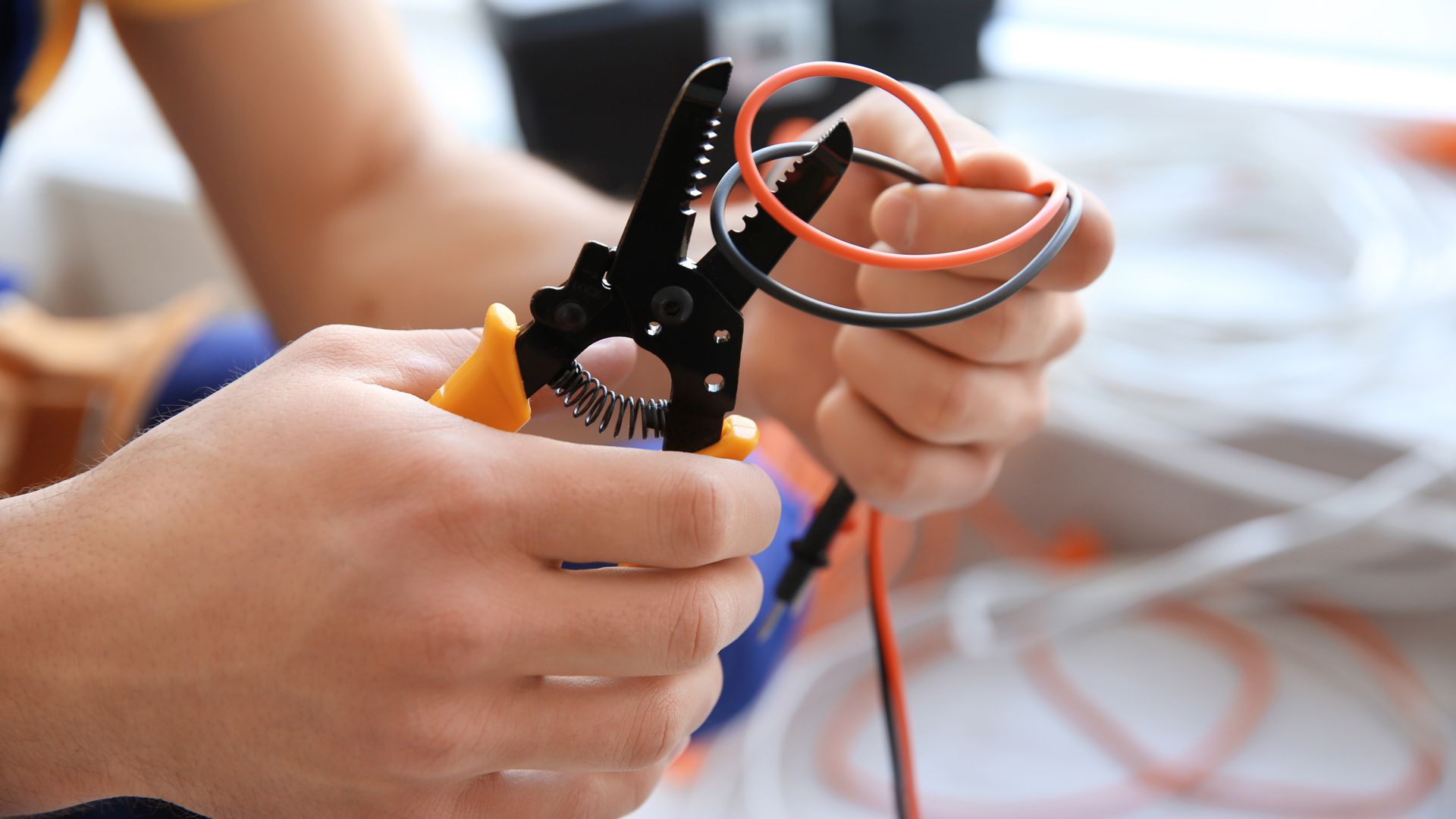It seems like the words “energy efficiency” are on everyone’s lips recently. Well, it’s for a good reason! The whole process of going green or becoming more efficient revolves around helping you cut down on ever-increasing utility bills, and all-around most changes help the environment, too. So, what’s holding you back from making the switch?
For most homeowners, it’s not knowing where to start, or being afraid that the investment will take tons of time or money. But that’s not always the case. Sure, there are whole-home green renovations that represent a considerable investment. But there are simpler solutions, too: energy-efficient lighting.
What Make a Light Energy-Efficient?
In essence, an energy-efficient bulb or light type is one that simply uses less power than a standard incandescent bulb. A few light types have earned this distinction, such as CFL (compact fluorescent lamp) bulbs, but it is LED bulbs that get the most attention.
An LED, or Light Emitting Diode, is a semiconductor capped in plastic—not technically a bulb. It’s simpler just to call them a bulb, and the more important point is that they are far and away from the most efficient lighting currently. These lights operate at roughly a tenth of the wattage requirements of a standard bulb. They also outlive standard bulbs by years, with a rough average lifespan of a decade.
What Are the Benefits of Energy-Efficient Lighting?
So they use less energy and they last longer. What does that actually mean, and are the benefits really worth incorporating new lighting all throughout the home? Here are the benefits you stand to gain:
- Reduced energy costs. It can be a bit tough to understand the scope of what one-tenth of the energy usage really means, so let’s look at it like this: an average home contains roughly 45-50 bulbs. Say these are all standard 60-75 watt bulbs. Now you’ve got over 3,300 watts going with them all on. Now reduce that to a tenth and you’ve got 330 watts for 45 lights! The difference can be massive on your energy bills.
- LEDs are safe and durable. Drop a standard bulb and you’ve got a mess on your hands. Drop a CFL and you’ve got even health risks! But an LED is likely to survive the impact and contains no harmful chemicals.
- They outlive other light types. Depending on what you’re using the light for, how often it’s on, and the manufacture of the bulb you can expect about 10 years of service life. It’s true that LEDs cost more initially to purchase, but longevity alone pays for the light.
- They’re great news for the environment. LEDs can be produced cheaply and effectively, and with no mercury content, they’re also eco-friendly. Add in the electrical efficiency and you have a solution that uses up fewer resources as a whole, which is always good news.
How Can I Convert My Maryland Home to LED Bulbs?
Envisioning a long, drawn-out, and expensive project? You can rest easy. Even with complex electrical replacements, you can change your home over to more efficient lighting in the course of a few days, if that. Options like recessed lighting, new overhead and lamp installation, and LED outdoor lights are all low-cost projects that not only leave you with a more efficient home but can also give your space the facelift you’ve been itching for.
Ready to bring your home into the energy-efficient future? Contact the expert contractors and master electricians at Goudie Electric for LED retrofits in Southern Maryland!
